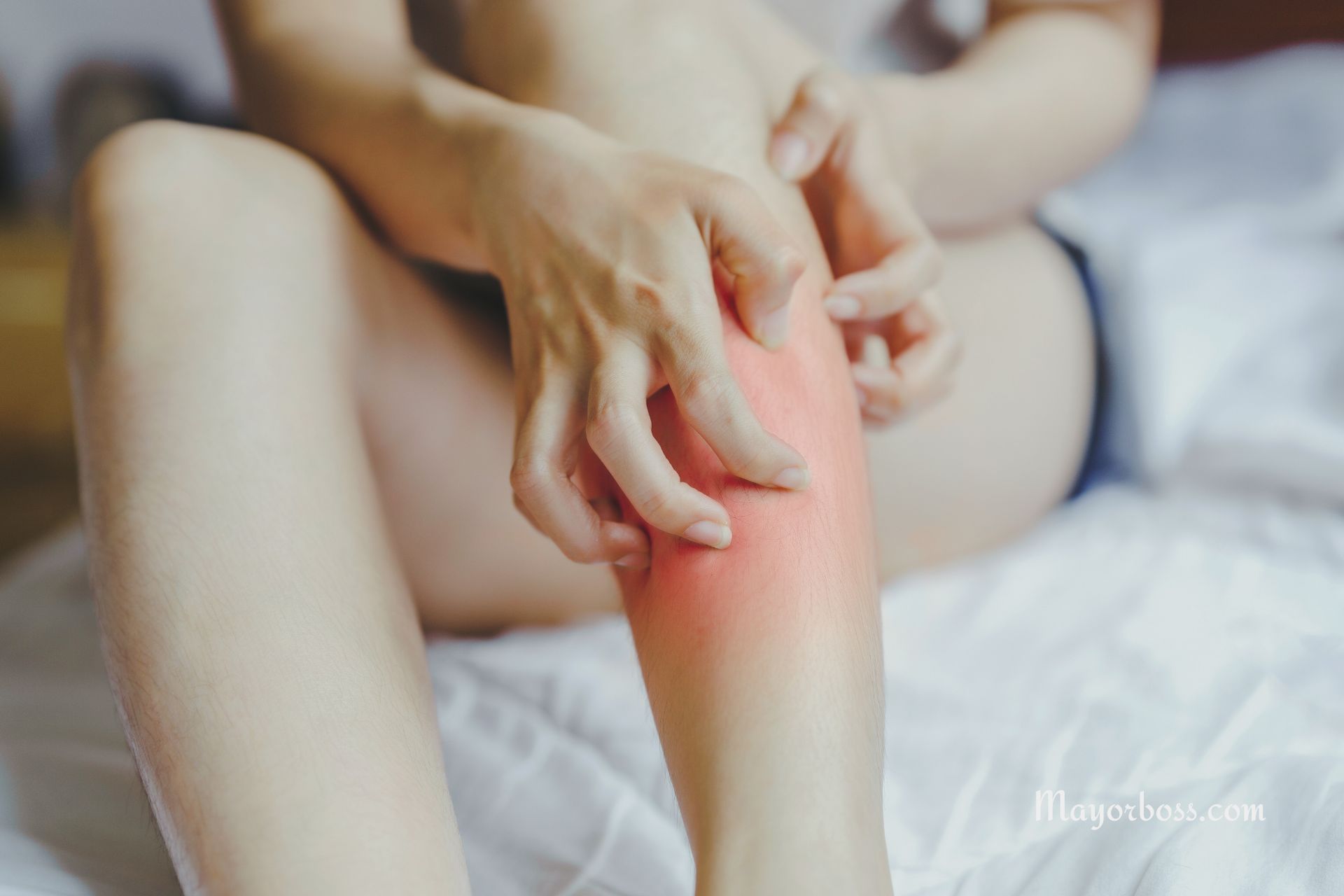4 Signs And Symptoms Of Poor Blood Circulation In Legs at Night
Poor blood flow in your legs can cause problems, especially at night. If the tissues in your legs do not get enough oxygen and nutrients, you may feel pain, tingling, or other issues. These problems can be worse at night because blood flow slows down when you are resting. Noticing these signs early can help you avoid more serious issues later. In this article, we will discuss four signs of poor circulation in your legs at night and why you should not ignore them.

1. Leg Pain and Cramps at Night
Leg cramps or pain while lying down might show that you have reduced blood flow. Muscles need oxygen, and if they do not get enough, they can tighten and cause sudden or throbbing pain. This pain can wake you up from sleep. Massaging or stretching your leg might help for a short time, but if the problem continues, see a doctor to find the cause.
Possible Causes
- Narrowed arteries (peripheral artery disease)
- Blood clots or poor vein function (venous insufficiency)
- Dehydration or electrolyte imbalances
When to See a Doctor
If these cramps happen often and do not get better with simple steps, talk to a healthcare provider. They may run tests to check your blood vessels and find out if you have any circulation problems.
2. Numbness or Tingling
A tingling or “pins and needles” feeling often affects your feet and toes, especially when you lie flat in bed. Poor blood flow may limit the oxygen that reaches your nerves, causing them to send strange signals. This sensation can be mild or strong, and it may come and go.
If you have numbness often, you might not feel temperature changes, which can lead to injuries or sores on your feet. Nerve damage may get worse over time if you ignore it.
Tips for Relief
- Move or massage your feet gently before bedtime.
- Raise your legs on a pillow to help blood flow.
- Avoid tight socks or blankets that add pressure.
3. Swelling in the Feet or Ankles
Swelling (edema) happens when fluid builds up in your leg tissues because of poor circulation. At night, fluid can pool in the lower legs, causing stiffness or a heavy feeling. Pressing on the swollen spot may leave a small dent that takes a few seconds to go away.
Poor blood flow can affect how veins push blood back to the heart. When you lie down, gravity slows down, blood returns, and fluid can collect in your legs. Being overweight, eating too much salt, or having kidney problems can also make swelling worse.
Management Strategies
- Prop your legs on a pillow to reduce fluid buildup.
- Wear compression stockings during the day.
- Cut back on salt to lower fluid retention.
4. Discoloration or Cold Feet
Another common sign of poor circulation is when your feet look pale, blue, or reddish, especially in the toes. They may also feel colder than the rest of your body.
When blood flow is weak, your tissues do not get enough oxygen. This shortage can change skin color. Your feet might also feel cold because they do not get enough warm blood.
Possible Complications
If you do not fix circulation problems, you could get ulcers or infections in your feet. Check your feet for cuts, sores, or color changes. Catching issues early may prevent worse problems.
When to Seek Medical Attention
If you notice these signs often, see a healthcare provider. They might run tests like:
- Ankle-brachial index (ABI) to compare arm and ankle blood pressure
- Ultrasound to check blood flow
- Blood tests to measure cholesterol or blood sugar
Early diagnosis can lead to the right treatments, such as exercise, medicines, or lifestyle changes. Getting help soon can protect your legs and help you stay active.
Takeaway
Poor blood circulation in your legs at night can show up as pain, tingling, swelling, or color changes. These might seem small at first but do not ignore them. If these symptoms go on, talk to a doctor. The right care and lifestyle changes can improve blood flow, reduce discomfort, and help you stay healthy.
